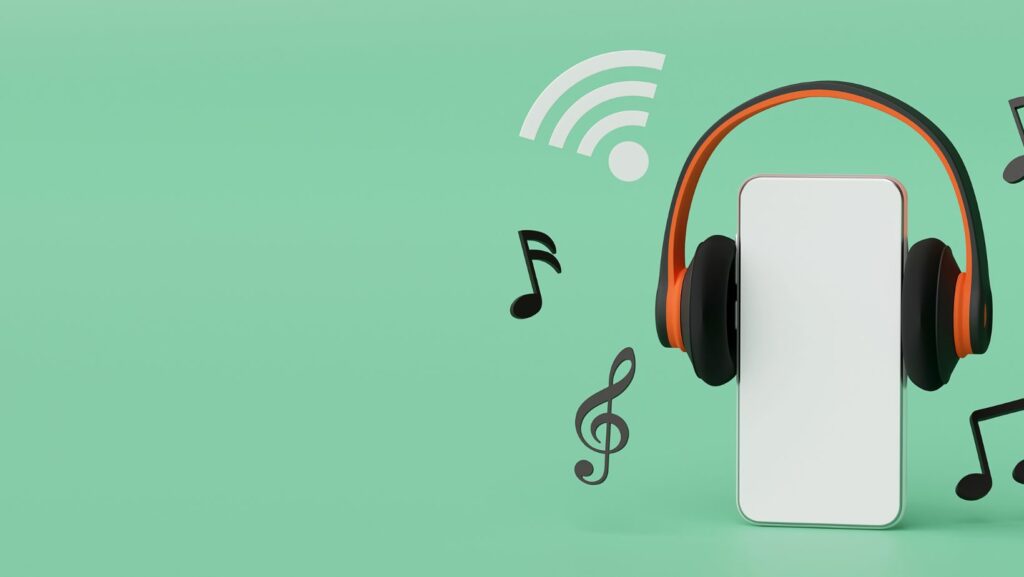In an era where technology bridges distances, musicians are discovering innovative ways to collaborate beyond traditional studio walls, thanks to music collaboration apps. These platforms are transforming the music industry by providing seamless environments for artists to connect, compose, and produce tracks together, regardless of location.
These apps empower musicians to push creative boundaries through features like real-time editing, sharing, and feedback. They serve as ultimate tools for fostering creativity and community, whether for budding artists collaborating with seasoned professionals or band members separated by miles. As the digital landscape evolves, these apps set the stage for the next wave of musical innovation.
Music Collaboration Apps

Music collaboration apps enable musicians to work together from different locations. Key features include real-time audio streaming, MIDI integration, and cloud-based project storage, all enhancing the collaborative process. Users can exchange high-quality audio files and receive instant feedback, fostering dynamic interactions.
Top apps like Soundtrap and BandLab provide tools tailored to musicians’ needs. Soundtrap offers cross-platform compatibility for use on any device, while BandLab includes a robust social media component that helps musicians connect, share, and discover collaborations. Security and privacy features are paramount, utilizing encryption and secure cloud services to protect users’ files and data.
Platforms like Kompoz and Splice focus on community-driven collaboration, connecting musicians based on project needs and offering sample libraries and remote production capabilities. Different user interfaces cater to both beginners and professionals, with features such as virtual instruments and automated mixing tools to support quality track production.
Key Features to Look For
When selecting a music collaboration app, key features enhance production quality and user experience:

- Real-Time Collaboration: Enables simultaneous editing and feedback, enhancing creative flow.
- Cross-Platform Compatibility: Allows users to connect across different devices and operating systems.
- Cloud-Based Storage: Ensures easy access to projects from anywhere and protects works in progress.
- Audio and MIDI Integration: Supports diverse sound and instrument elements seamlessly.
- Virtual Instruments and Effects: Provides built-in libraries that expand creative possibilities without needing physical equipment.
- Social Media Integration: Encourages sharing and community engagement.
- Secure Data Encryption: Protects personal and project data, maintaining user trust.
- Automated Mixing Tools: Simplify the mixing process, assisting both beginners and experts.
Selecting an app with these features helps musicians effectively create, share, and refine their work, regardless of geographical barriers.
Popular Music Collaboration Apps
Several music collaboration apps stand out for their unique features:

- Soundtrap: Offers cross-platform compatibility, real-time collaboration, virtual instruments, and editing tools, suitable for all skill levels.
- BandLab: Integrates social media, fostering community engagement while providing a vast sound library and built-in mastering tools.
- Kompoz: A community-driven platform where musicians can connect and collaborate on global projects.
- Splice: Provides cloud-based services and a rich library of sounds and samples, supporting shared projects and version control.
- GarageBand: Offers an intuitive interface for macOS and iOS users, featuring smart instruments and free loops, with real-time collaboration capabilities.
These apps empower musicians to collaborate effectively by offering essential tools tailored to the creative process.
Pros and Cons of Using a Music Collaboration App
Pros:

- Global Connectivity: Breaks geographical barriers, allowing real-time collaboration.
- Enhanced Creativity: Access to diverse talents spurs innovation.
- Cost-Effective Production: Reduces travel and studio costs through digital collaboration.
- Flexibility and Convenience: Allows work from any location with cross-platform access.
- User-Friendly Integration: Tailored tools help beginners and professionals alike.
Cons:
- Technical Limitations: Internet connectivity issues can hinder real-time collaboration.
- Security Concerns: Potential risks of data breaches exist despite encryption.
- Learning Curve: New users may struggle with advanced features.
- Quality Variability: Diverse user backgrounds can affect project quality.
- Dependency on Technology: Reliance on apps can disrupt creative spontaneity.
How to Choose the Right Music Collaboration App
Choosing the right music collaboration app significantly impacts a musician’s creative process. It’s essential to consider features like real-time collaboration, cross-platform compatibility, and secure data encryption. Musicians should evaluate apps based on their specific needs, whether they prioritize community engagement or advanced audio capabilities.
User-friendly interfaces and automated mixing tools are beneficial for beginners, while seasoned artists may seek extensive libraries and virtual instruments. By carefully assessing these elements, musicians can find an app that enhances their creative potential and aligns with their workflow and security concerns. As technology continues to evolve, these apps will play a crucial role in the future of music creation, offering unprecedented opportunities for collaboration and innovation.

